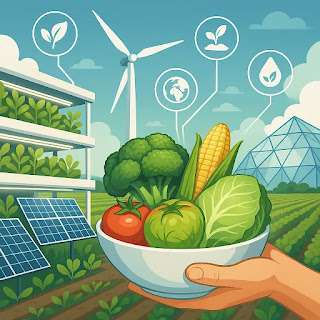In a world that never stops, how will your company get ahead?
1. In an era of endless competition, if you dream of growth beyond survival: Survival strategy at the turning point
We live in an era of hypercompetition without time or space constraints.
Even while you are sleeping, someone on the other side of the world may be working day and night on research and development to catch up with your business or surpass your technology.
It is no longer possible to survive by simply hiring good people and increasing quality and productivity to secure a competitive edge, as in the past.
This is already a basic strategy that everyone uses, but now is the time when a differentiated strategy for a competitive edge is urgently needed.
A company is like a living organism.
In a constantly changing market environment, it either grows or is eliminated, taking one of two paths.
In today's business environment, where unpredictable variables abound, the ability to predict the future and respond preemptively has become important, beyond simply solving current problems.
Now that we are at an inflection point where the success formulas of the past no longer work, how can we achieve sustainable growth beyond survival?
2. You don’t need to know everything: The power of outsourcing and collaboration, and the role of experts
You don’t have to acquire all the knowledge in the world on your own.
You don’t have to memorize the entire Encyclopedia of British and American English.
It is wise to leave experts to experts.
Just as you leave medicine to pharmacists and treatment to doctors, it is essential in corporate management to focus on your core competencies and boldly outsource the rest.
This goes beyond the issue of cost reduction.
It is the most effective way to accelerate innovation by creating synergy by utilizing the knowledge and experience of the best experts in each field and more efficiently distributing limited resources within the company.
For example, for companies that focus solely on technology development, the perspective of external experts becomes an essential element in developing innovative products.
It is understandable that engineers are extremely reluctant to allow outsiders into their factories or laboratories, but this closedness can easily lead to results that are out of touch with market trends.
The case of an electrical parts manufacturing plant that I recently visited clearly demonstrates this.
The CEO’s strong will to break away from subcontracting and develop independent products was commendable, but technical skills alone were not enough.
There were no problems with producing finished products according to milestones, but they then encountered a huge wall in terms of developing sales channels.
In such a situation, it is ideal to establish a thorough sales plan from the early stages of product development and to reflect customer needs in reverse in product development.
For this, the help of marketing experts or business strategists is essential.
Beyond simply making a product, there must be in-depth consideration of who needs this product and how to reach them.
The fact that specific directions, such as registering a new product (NEP) and supplying it to public institutions through designation as an excellent procurement product, were possible is also thanks to the role of experts who fill in the lack of strategic thinking.
Even if the internal staff of the company has some knowledge of the relevant knowledge, the objective and strategic perspective of an external expert provides insight of a different level.
3. Use the company's personal physician and expert consultant: A compass in the ever-changing business environment
Just as you choose a personal physician when you are sick and manage your health consistently, it is wise for companies to keep a personal consultant close by and seek advice frequently in order to respond quickly to the ever-changing business environment and prepare for the future.
PhDs and legal experts in specific fields have in-depth knowledge of the field, but their perspective can sometimes be very narrow.
For example, even if a PhD is the best expert in a specific field, it is common for people around them to have more information about commercialization or related industries.
It is the same principle that a judge or prosecutor has sufficient legal knowledge, but does additional study and research to shed new light on the facts of a case.
Corporate management is a complex problem that cannot be solved with legal knowledge or specific technical skills alone.
There are numerous variables intertwined, such as market changes, competitor trends, consumer sentiment, and macroeconomic indicators.
In this complex environment, suggesting the right direction for a company to take, predicting possible risks, and capturing potential opportunities requires a comprehensive perspective and deep insight.
Management consultants go beyond simply solving problems to objectively diagnose the current state of a company, suggest future directions, and even advise on confirming business feasibility.
They contribute to solving problems faced by companies and discovering new growth engines through their experience and success stories in various industries.
A continuous relationship with a consultant will serve as a strong compass and lighthouse for companies to navigate an uncertain future.
If this attending consultant has insight that goes beyond simple management consulting and looks into the future, the advice on the direction and feasibility of a company will be even more valuable.
A wise choice that brightens the future of a company begins with collaboration with this expert.




.jfif)
.jfif)



















.jfif)





.jfif)
.jfif)




